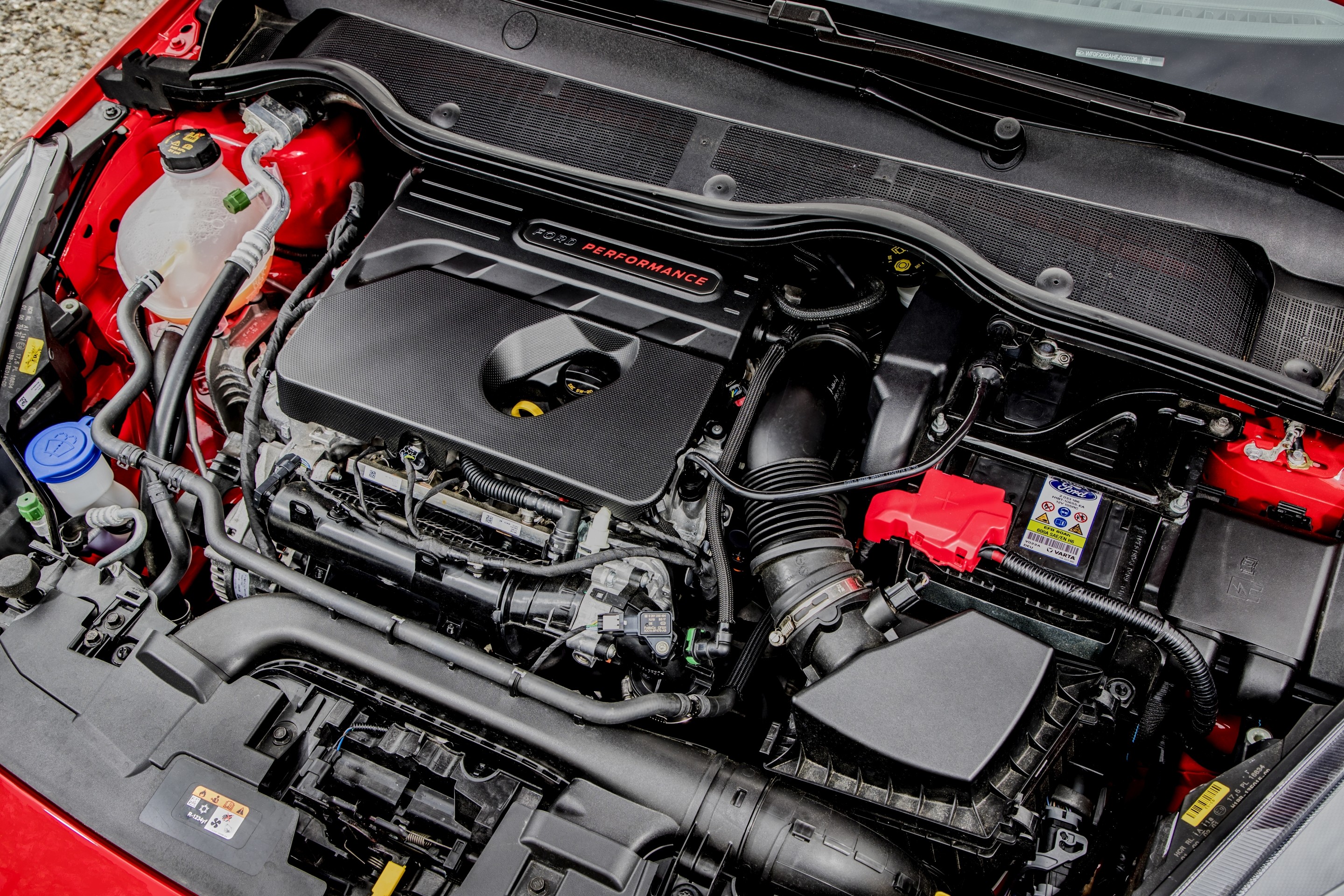Enhance Your Driving Experience with a Reliable Ford Fiesta Engine
Enhance Your Driving Experience with a Reliable Ford Fiesta Engine
Blog Article
Checking Out the Evolution of Engines: From Traditional Designs to Modern Marvels
From the initial steam engines that powered the Industrial Transformation to the development of interior burning engines that transformed mobility, each phase has added to greater efficiency and capacity. As we check out these landmarks, one need to think about how the future of engine layout may unravel, challenging our perceptions of power and effectiveness.
The Birth of Engine Modern Technology
The development of engine technology marked a crucial minute in human technology, transforming power conversion and transport. The earliest engines emerged from the requirement to harness mechanical power for useful usage, leading to the growth of gadgets that transformed different energy forms right into movement (ford fiesta engine).
The growth of the internal combustion engine and the innovation of the vapor engine militarized a profound change in commercial capabilities. These engines not only improved performance but additionally increased the scope of human flexibility, allowing unmatched transportation possibilities. The very early prototypes prepared for the mechanical world, helping with the surge of markets and improving societal structures.
As engine designs progressed, they advanced and integrated innovative products design principles, leading the way for contemporary advancements - ford fiesta engine. The birth of engine technology ignited an unrelenting quest of effectiveness and power, setting the phase for the dynamic development of transportation and industrial equipment that would follow
Heavy Steam Engines and Their Effect

The steam engine's effect was specifically noticeable in the transportation sector (ford fiesta engine). Steam-powered engines helped with the rapid activity of items and individuals across large distances, effectively reducing the geographical barriers that had formerly impeded trade and communication. Similarly, steamships reinvented naval traveling, enabling quicker and extra reputable crossings of seas and rivers.
In industry, heavy steam engines powered factories, enabling mass manufacturing and the increase of city centers as hubs of financial activity. Vapor innovation cultivated technologies in engineering and manufacturing processes, laying the groundwork for future improvements in engine layout.
The Rise of Interior Combustion
Regularly overshadowing steam power, the rise of inner burning engines marked a transformative shift in transportation and industry during the late 19th and very early 20th centuries. The advancement of these engines, identified by their capability to burn fuel within the engine itself, allowed better efficiency and power compared to conventional heavy steam engines. Pioneering inventors such as Nikolaus Otto and Rudolf Diesel played essential functions in developing engine designs, resulting in extensive fostering in vehicles, boats, and industrial equipment.
The internal combustion engine's small dimension and reasonably lightweight nature helped with the emergence of individual vehicles, revolutionizing private wheelchair and improving metropolitan landscapes. By enabling faster travel and the reliable transportation of products, these engines militarized financial development and cultivated globalization. The adaptability of gas choices, consisting of fuel and diesel, better enhanced their allure, enabling diverse applications throughout various fields.
In spite of the ecological problems that would certainly later arise, the preliminary allure of inner combustion modern technology lay in its transformative potential. As society accepted this advancement, the structure was laid for modern transport systems, establishing interior combustion engines as a foundation of commercial development and day-to-day live throughout the 20th century.
Innovations in Engine Effectiveness
As interior burning engines came to be essential to transport and industry, the focus changed towards enhancing their performance to meet expanding demands for performance and sustainability. Innovations in engine design, material science, and technology have actually substantially added to this advancement.
One major development is the advancement of turbocharging, which enables for enhanced air intake, leading to even more full fuel combustion and improved power result without enlarging engine size. Furthermore, variable valve timing systems have been executed to maximize engine efficiency throughout different RPM arrays, consequently boosting gas effectiveness.
The usage of innovative gas shot innovations, such as straight shot, has also played a crucial function. This technique permits even more accurate control over the fuel-air mix, promoting better combustion and lowering emissions. Light-weight products, including aluminum and composite parts, have been embraced to decrease total engine weight, leading to improved efficiency.
These improvements show a wider trend within the automotive market, where the harmony in between engineering technology and ecological factors to consider drives the ongoing quest for higher efficiency in interior combustion engines. Because of this, modern-day engines are now more effective, cleaner, and reliable than ever previously, leading the way for an extra lasting future in transport.
The Change to Electric Power
With expanding problems over environmental influence and fossil gas dependence, the vehicle market is experiencing a substantial shift towards electric power. This shift is driven by a mix of technical innovations, regulatory stress, and altering customer choices. Electric vehicles (EVs) provide an article engaging choice to conventional interior combustion engines, boasting decreased greenhouse gas discharges and lower operating expense.
The increase of battery innovation has actually been a video game changer, with lithium-ion batteries ending up being extra efficient and affordable. Boosted energy thickness and faster billing capabilities have made EVs extra sensible for daily usage. Moreover, federal governments worldwide are carrying out incentives and setting ambitious targets for terminating nonrenewable fuel source vehicles, thereby speeding up the adoption of electric power.
As charging facilities expands and battery technology continues to boost, the change to electric power is poised to reshape the vehicle landscape, promoting sustainability and advancement in the years to come. The future of transportation is electrical, and the momentum is undeniable.
Verdict
The evolution of engine technology stands for a significant trajectory of innovation that has exceptionally affected transport and industry. From the fundamental heavy steam engines to the transformative interior combustion engines, each growth has actually contributed to enhanced wheelchair and financial growth.

Report this page